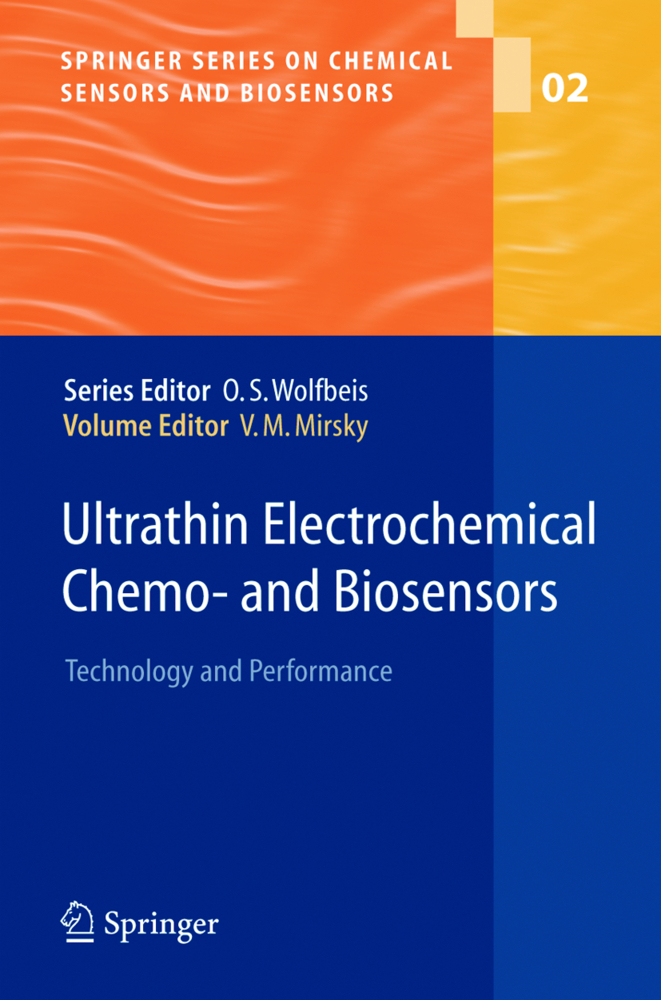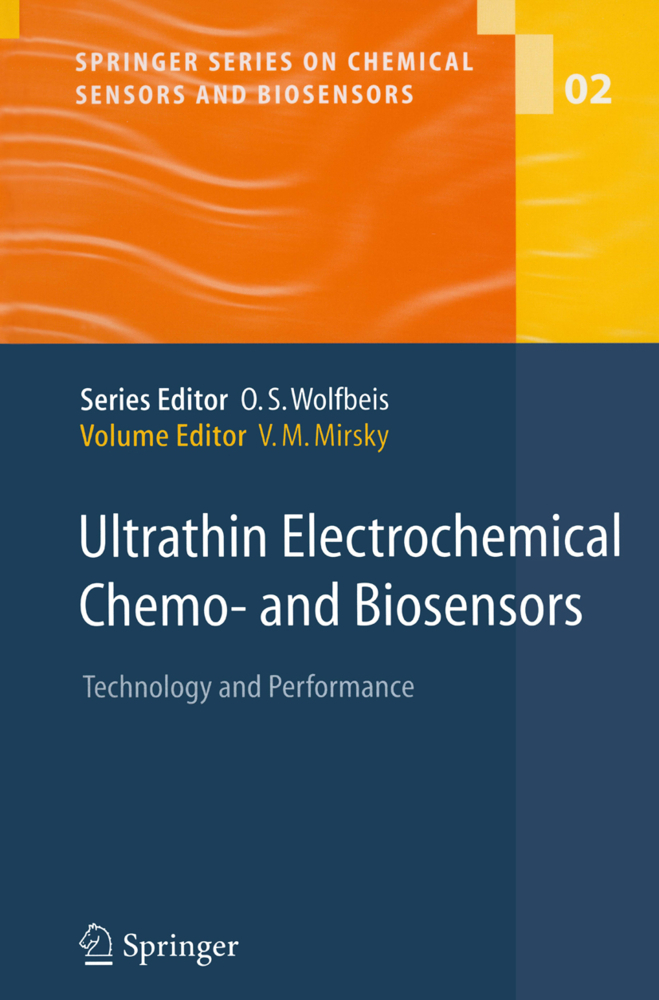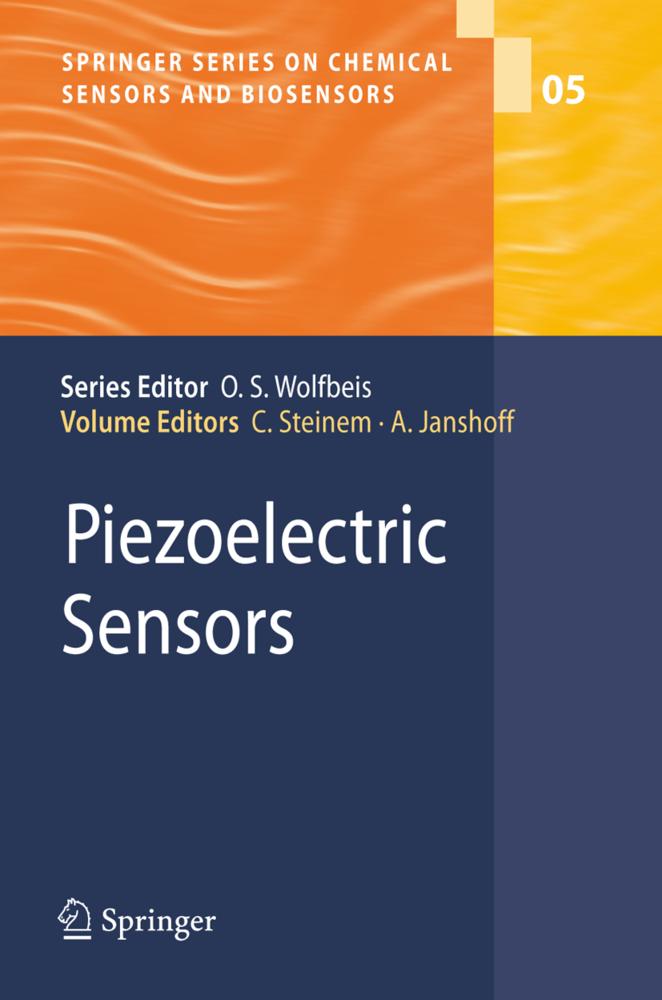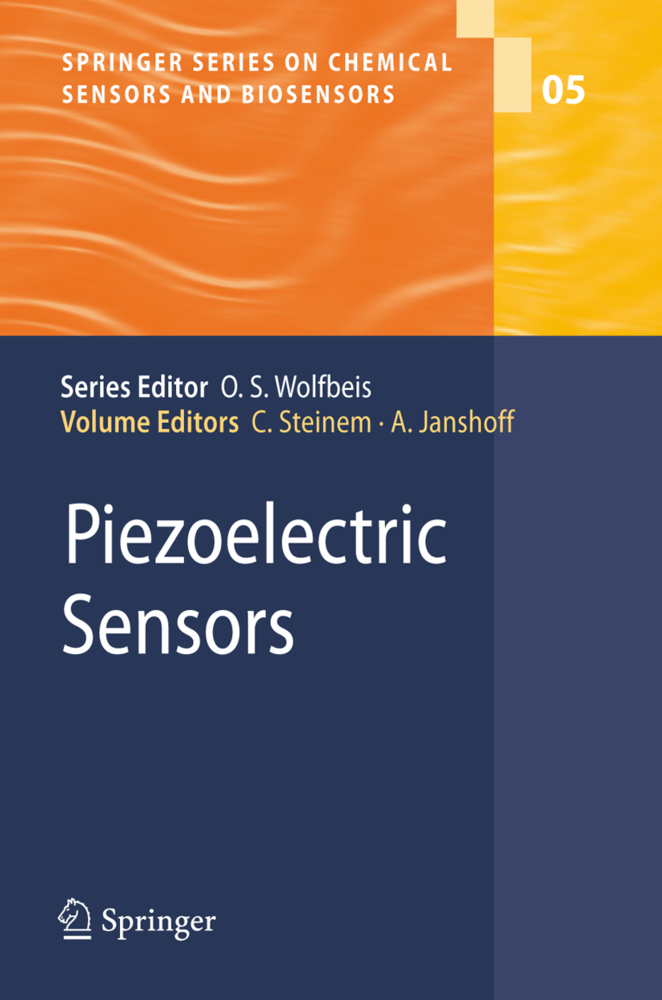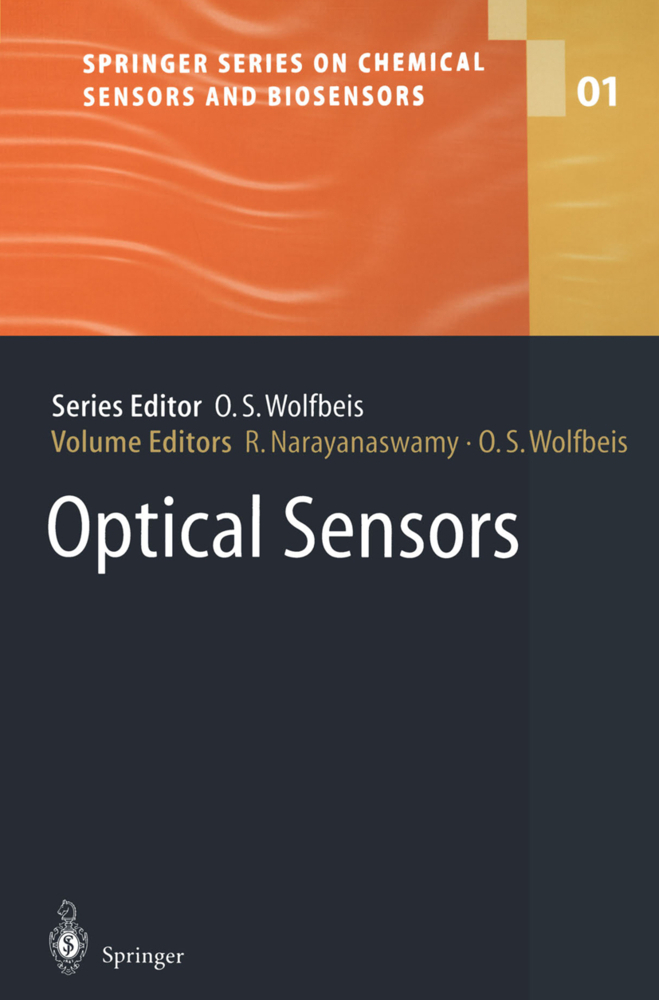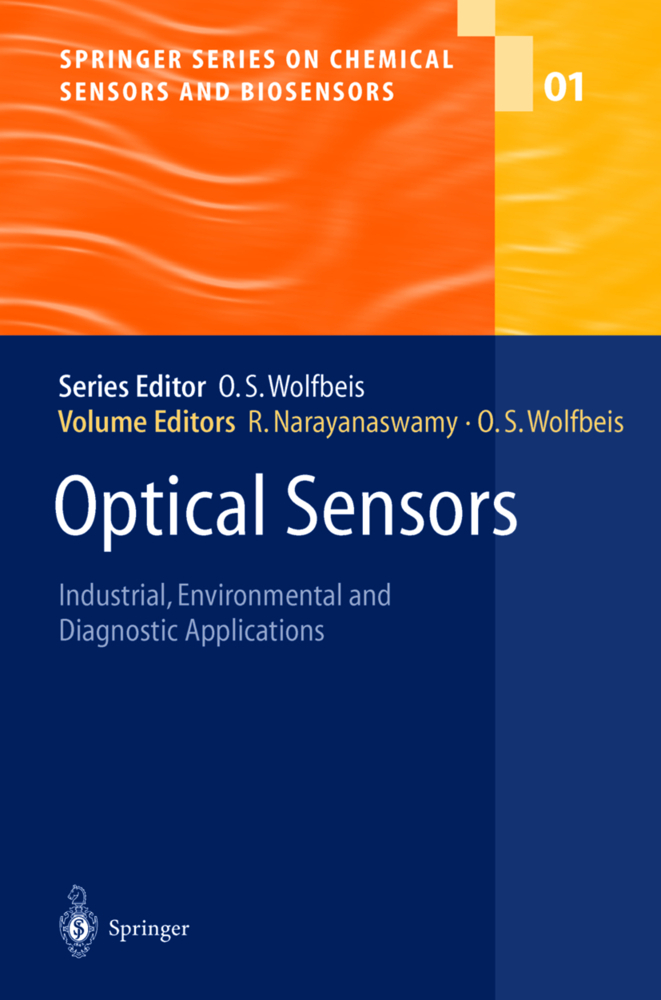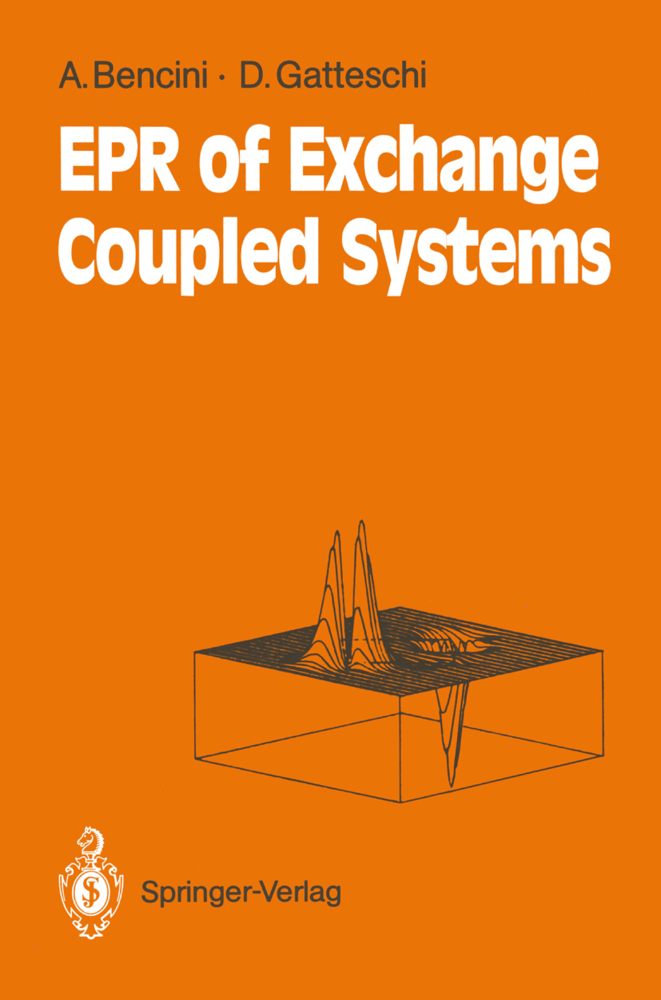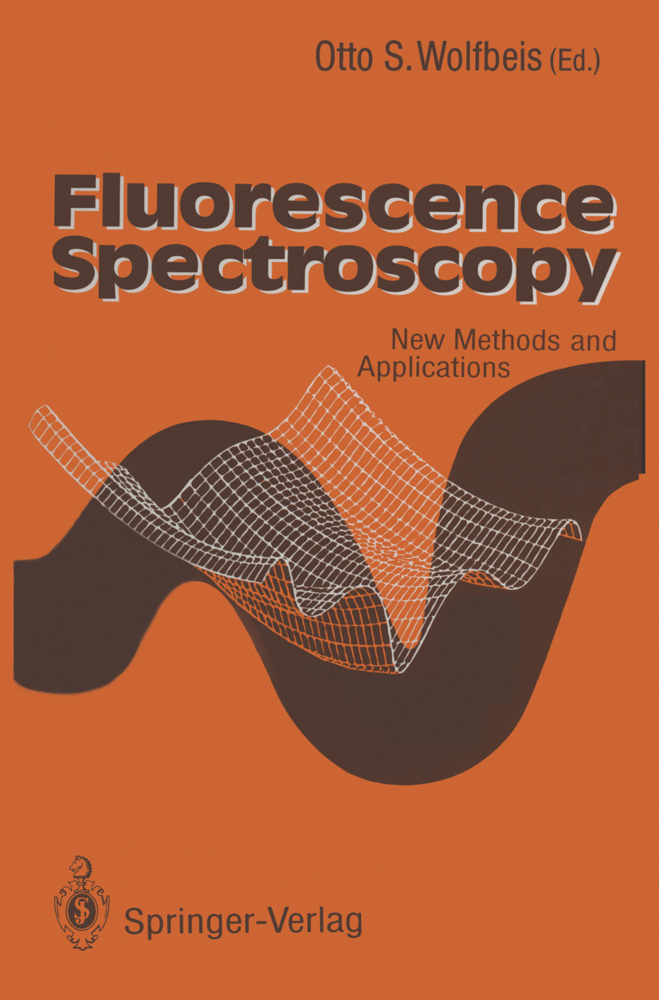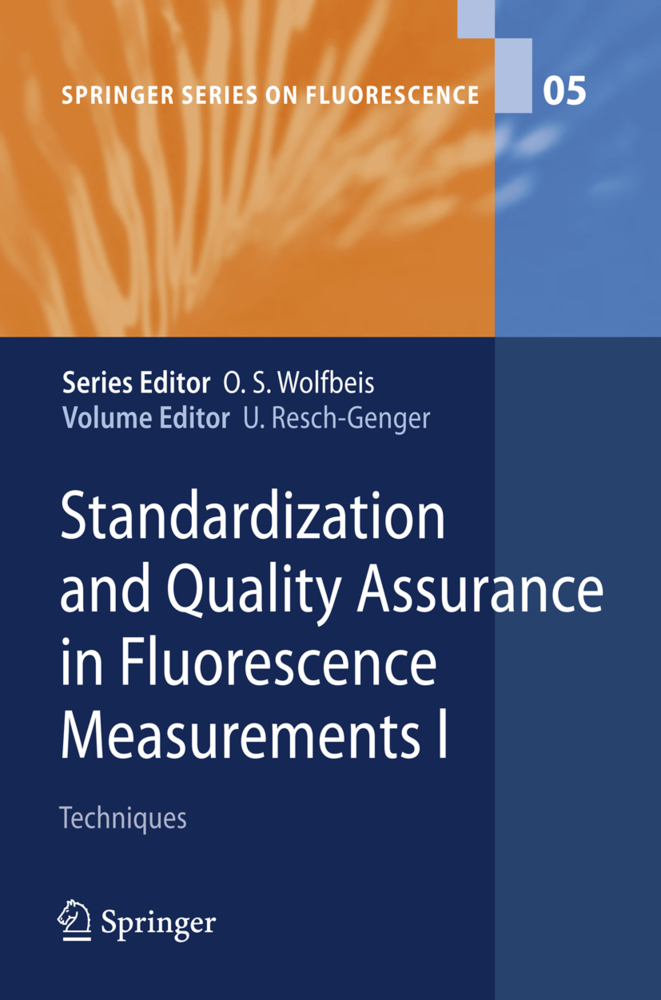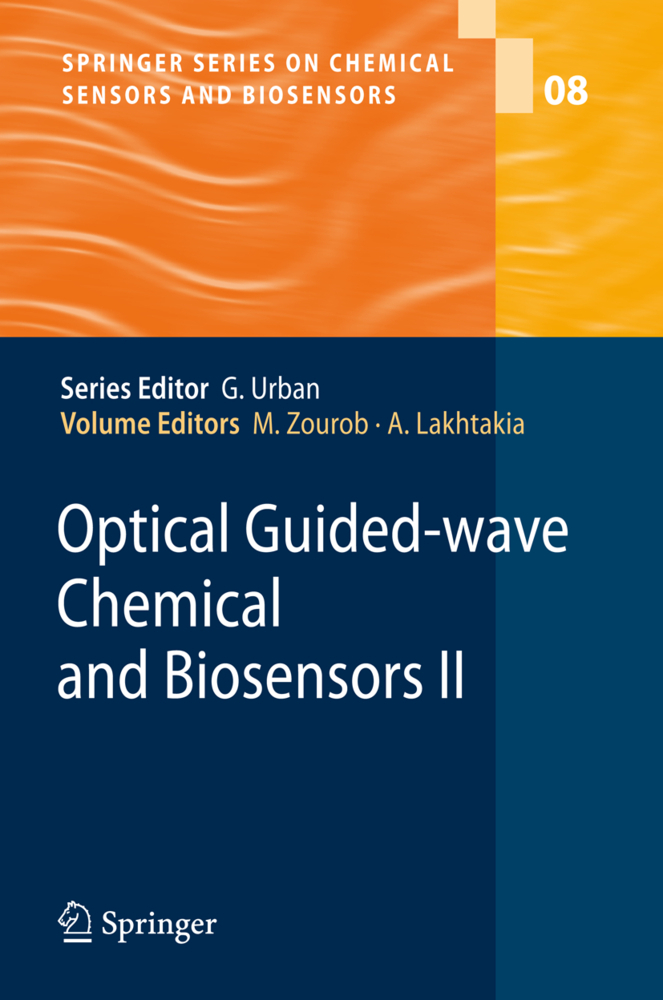Ultrathin Electrochemical Chemo- and Biosensors
Technology and Performance
Ultrathin Electrochemical Chemo- and Biosensors
Technology and Performance
Traditional biological sensors, based on enzymatic receptors and potentiometric or amperometric transducers are well reviewed and are nowadays even included extensively in many textbooks. The editors of this volume, the 2nd in the new Springer Series on Chemical and Biosensors, have focussed exclusively on alternative types of chemical and biological sensors or sensor-like structures. Special attention is given to sensor principles based on the use of linear or non-linear impedance spectroscopy.
After self-assembled monolayers have become a viable technology for the immobilization of organic molecules on electrodes and for the formation of covalently stabilized receptor layers and even more sophisticated organic nano- and microstructures, this has led to the development of numerous analytical applications of impedometric sensor methods. These new and very promising types of sensors, their technology and performance in real world applications form the main topic of this book written by leading experts from around the world.
2 Molecularly Imprinted Polymers as Recognition Elements in Sensors
II: Impedometric and amperometric chemical and biological sensors
3 Capacitance Affinity Biosensors
4 Immunosensors and DNA Sensors Based on Impedance Spectroscopy
5 "Voltohmmetry" - a New Transducer Principle for Electrochemical Sensors.
6 Electrochemical Sensors for the Detection of Superoxide and Nitric Oxide - Two Biologically Important Radicals
III: Non-invasive electrical monitoring of living cells
7 Living Cells on Chip: Bioanalytical Applications
8 Bioanalytical Application of Impedance Analysis: Transducing in Polymer-Based Biosensors and Probes for Living Tissues
9 Noninvasive Electrical Sensor Devices to Monitor Living Cells Online
IV: Lipid membranes as biosensors
10 Functional Tethered Bilayer Lipid Membranes
11 Electrostatic Potentials of Bilayer Lipid Membranes: Basic Principles and Analytical Applications
12 Electrostriction of Supported Lipid Membranes and Their Application in Biosensing
13 Transport Proteins on Solid-Supported Membranes: From Basic Research to Drug Discovery.
I: Receptors
1 Antibodies for Biosensors2 Molecularly Imprinted Polymers as Recognition Elements in Sensors
II: Impedometric and amperometric chemical and biological sensors
3 Capacitance Affinity Biosensors
4 Immunosensors and DNA Sensors Based on Impedance Spectroscopy
5 "Voltohmmetry" - a New Transducer Principle for Electrochemical Sensors.
6 Electrochemical Sensors for the Detection of Superoxide and Nitric Oxide - Two Biologically Important Radicals
III: Non-invasive electrical monitoring of living cells
7 Living Cells on Chip: Bioanalytical Applications
8 Bioanalytical Application of Impedance Analysis: Transducing in Polymer-Based Biosensors and Probes for Living Tissues
9 Noninvasive Electrical Sensor Devices to Monitor Living Cells Online
IV: Lipid membranes as biosensors
10 Functional Tethered Bilayer Lipid Membranes
11 Electrostatic Potentials of Bilayer Lipid Membranes: Basic Principles and Analytical Applications
12 Electrostriction of Supported Lipid Membranes and Their Application in Biosensing
13 Transport Proteins on Solid-Supported Membranes: From Basic Research to Drug Discovery.
Mirsky, Vladimir M.
| ISBN | 978-3-540-21285-0 |
|---|---|
| Artikelnummer | 9783540212850 |
| Medientyp | Buch |
| Copyrightjahr | 2004 |
| Verlag | Springer, Berlin |
| Umfang | XX, 358 Seiten |
| Abbildungen | XX, 358 p. |
| Sprache | Englisch |

